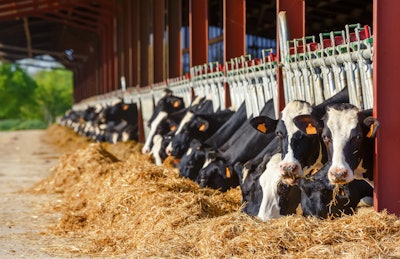
Oklahoma has become the 13th state with a confirmed case of H5N1 in its dairy herd, according to the state’s Department of Agriculture, Food and Forestry.
The positive sample was collected by the dairy in April and recently submitted to the U.S. Department of Agriculture (USDA) Animal and Plant Health Inspection Service (APHIS) for testing. The dairy herd has fully recovered, and the farm has not reported any other cases of H5N1.
“We have been monitoring detections of (H5N1) in other states since the first detection in March,” said Oklahoma State Veterinarian Dr. Rod Hall. “Our team has been in constant communication with Oklahoma dairies asking them to heighten their biosecurity practices. (Personal protection equipment) has also been made available to Oklahoma dairy farmers.”
Recent H5N1 updates
On July 3, the Colorado Department of Public Health and Environment (CDPHE), in coordination with the Centers for Disease Control and Prevention (CDC) and Colorado Department of Agriculture, said a dairy farm worker in Colorado has become the fourth known case of H5N1 in humans with exposure to cattle infected with the virus. Previous cases occurred in Michigan (2) and Texas (1).
USDA APHIS said in June that the spread of H5N1 in dairy herds is likely the result of cattle movements, not from introduction by wild birds. Another potential source of virus transmission is shared equipment and vehicles that are not cleaned between farms, as well as shared personnel who visit various farms or have livestock or poultry at their personal residence. Frequent visitors, including veterinarians, nutritionists and feed consultants, and contract haulers also present a risk of disease transmission.
















